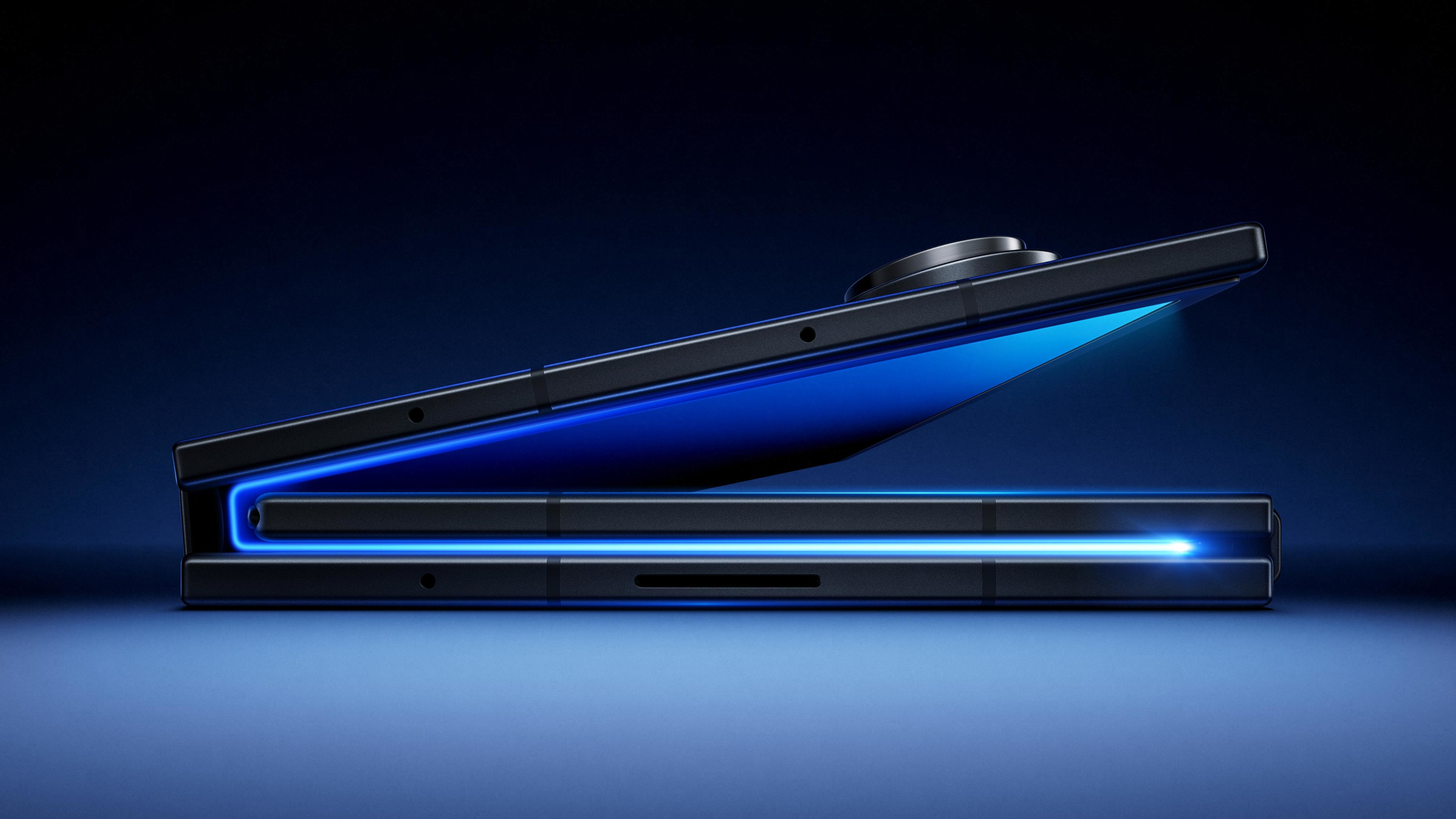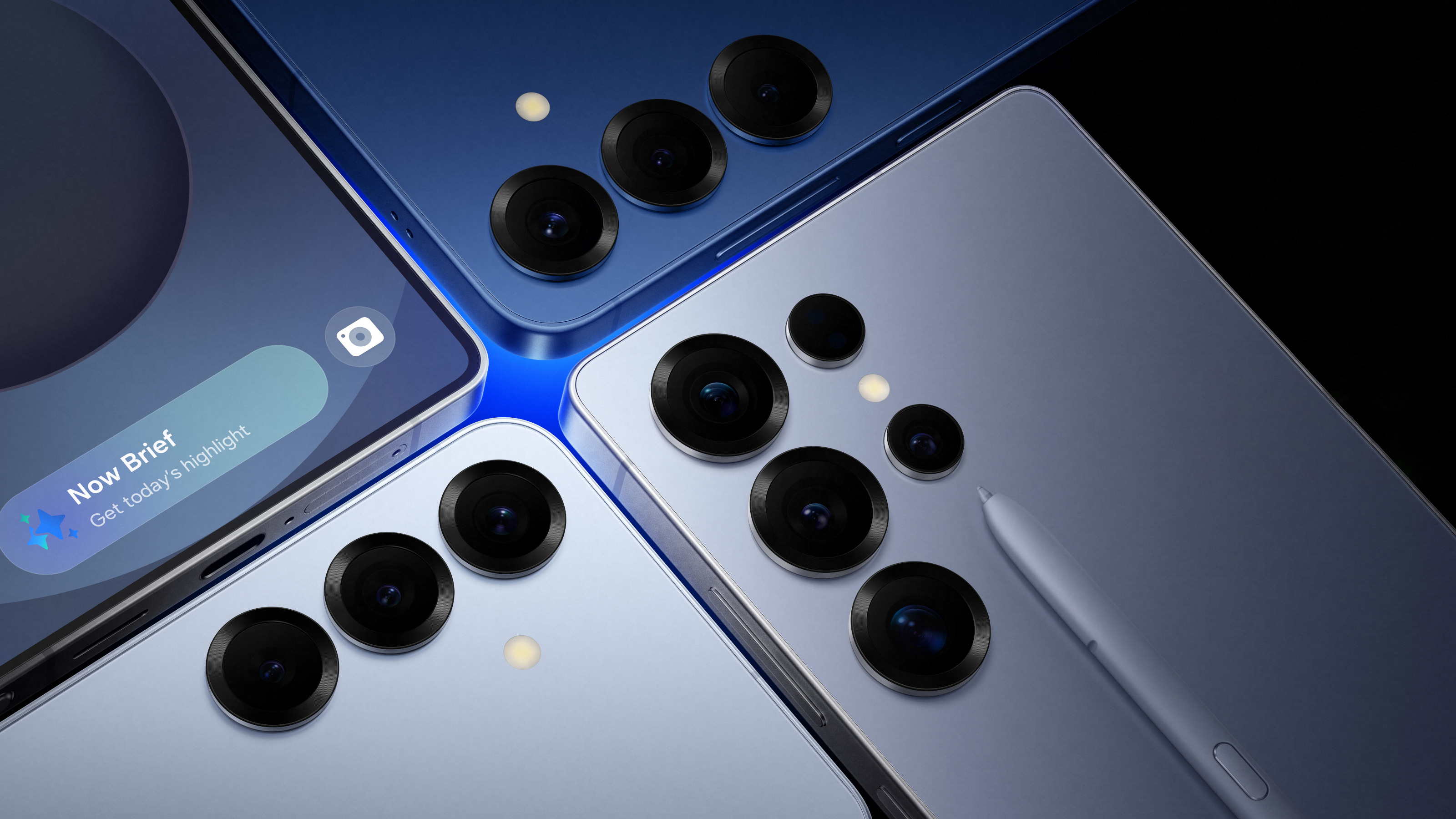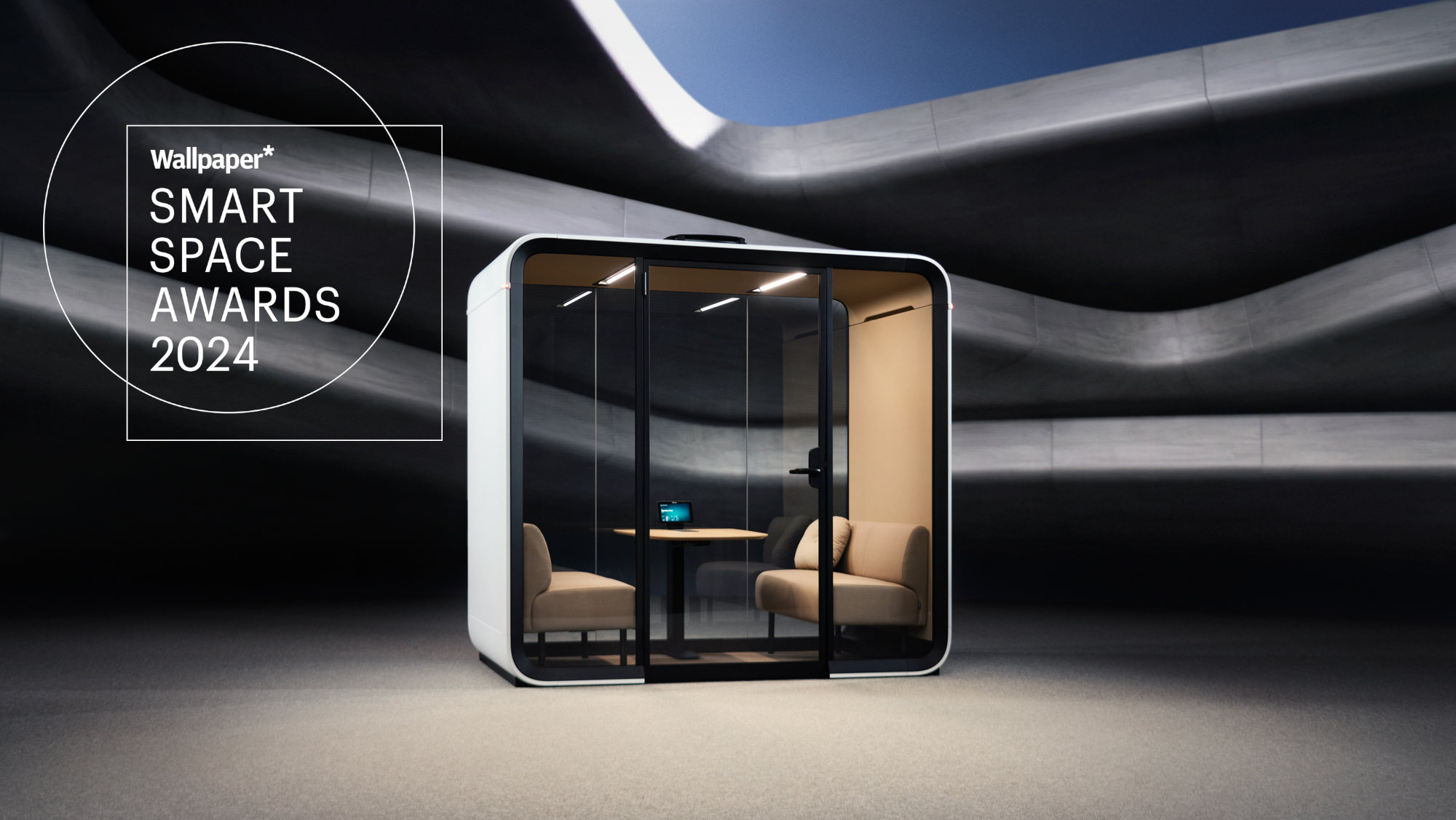Classically smart: Samsung reveals the Gear S2 watch
The paradox of the smart watch is that it has had to become ever more watch-like to be accepted as an everyday device. Samsung's new Gear S2 follows the new traditionalist mode. Its chief point of difference from the original Gear S is the shape of the screen – the latter was rectangular and slightly curved and came across as a little awkward. In contrast, right from the first time you strap on the S2 you get the familiar watch feel, almost as if the tech beneath has disappeared.

The paradox of the smart watch is that it has had to become ever more watch-like to be accepted as an everyday device. Back before the idea of shifting our mobile life to our wrists was even an issue, the nascent smart watches were fearsomely digital devices, unashamedly aimed at the technophile who wanted to wear a very obvious sign of tomorrow. But as the tech has improved, classicism has emerged as the dominant form factor, harking back to traditional forms instead of looking forwards.
Samsung's new Gear S2 follows the new traditionalist mode. Its chief point of difference from the original Gear S is the shape of the screen – the latter was rectangular and slightly curved and came across as a little awkward. In contrast, right from the first time you strap on the S2 you get the familiar watch feel, almost as if the tech beneath has disappeared.
With discrete good looks, unobtrusive size and easy comfort on its side, the S2 is a contender before you've even considered the software and day-to-day operation. For the truth is that no one can state with much certainty what a smart watch is actually best at. Telling the time? Not all the time, as the battery drain means always-on screens are impossible. Receiving emails and other messages? Yes – but not so good at replying to them. Tracking exercise and fitness? Sure, but not as well as dedicated bands with their lighter wrist-print and bigger suite of sensors. Similarly, applications like mapping, listening to music and taking voice notes are all technically feasible but deeply compromised by the minimal buttons and small screen size.
The Gear S2 is also an outlier in that it shuns Google's Android Wear for the Tizen OS, an open source system that is slick enough but notably lacking in apps. Samsung's status and the need to pair your watch with a phone will probably lure developers, so the potential is there for some excellent bespoke integration in the future. The S2 is available in standard or classic configurations, the latter pairing the device with a leather strap. There's also a partnership with Alessandro Mendini, offering a Swatch-like line-up of different strap options, each with a matching unique face. A rotating bezel has been introduced as a means of scrolling through apps and pages and it works seamlessly with the two buttons on the side. A flick of the wrist usually brings the screen to life and the stock watch faces are well detailed and restrained.
So why the Gear S2? Apple is pushing upmarket with its watch (witness the latest Hermès edition) and other manufacturers are looking for smart functionality at a much lower price point. Whether you want to live life encircled by a daisy chain of devices, each feeding each other little bits of data about who, what, where and when, is up to you. But as an invisible umbilical link to your phone (a device which most of us treat as a permanent appendage in any case) the Gear S2 fulfills its role more than admirably.

A rotating bezel has been introduced as a means of scrolling through apps and pages – it works seamlessly with the two buttons on the side.

Where the Gear S2 excels most is in the unique 'daisy chain of devices' it creates, with a direct and reliable link to your phone.
INFORMATION
Samsung Gear S2, from £249. For more information, visit Samsung’s website
Receive our daily digest of inspiration, escapism and design stories from around the world direct to your inbox.
Jonathan Bell has written for Wallpaper* magazine since 1999, covering everything from architecture and transport design to books, tech and graphic design. He is now the magazine’s Transport and Technology Editor. Jonathan has written and edited 15 books, including Concept Car Design, 21st Century House, and The New Modern House. He is also the host of Wallpaper’s first podcast.
-
 A compact Scottish home is a 'sunny place,' nestled into its thriving orchard setting
A compact Scottish home is a 'sunny place,' nestled into its thriving orchard settingGrianan (Gaelic for 'sunny place') is a single-storey Scottish home by Cameron Webster Architects set in rural Stirlingshire
-
 7 colours that will define 2026, from rich gold to glacier blue
7 colours that will define 2026, from rich gold to glacier blueThese moody hues, versatile neutrals and vivid shades will shape the new year, according to trend forecasters
-
 In Norway, discover 1000 years of Queer expression in Islamic Art
In Norway, discover 1000 years of Queer expression in Islamic Art'Deviant Ornaments' at the National Museum of Norway examines the far-reaching history of Queer art
-
 Samsung Galaxy Z TriFold is a pocket tablet that takes folding screens to new extremes
Samsung Galaxy Z TriFold is a pocket tablet that takes folding screens to new extremesSamsung has announced its newest flagship device, the Galaxy Z TriFold. Featuring three folding screens, this ultimate smartphone can transform into a ten-inch tablet
-
 12 new watches and wearables offer a high-tech take on time and tracking
12 new watches and wearables offer a high-tech take on time and trackingFrom conventional smart watches to specialist applications and even solar system exploration, we present twelve ways of transforming your wrist into a source of inspiration and information
-
 Samsung’s Galaxy Z Fold7 shows the folding smartphone still has traction as a flagship device
Samsung’s Galaxy Z Fold7 shows the folding smartphone still has traction as a flagship deviceThe Samsung Galaxy range has been given a thorough overhaul, with a new Fold, new Flip and an update to the class-leading Galaxy Watch series
-
 Samsung Art TVs redefine the screen’s role in the home
Samsung Art TVs redefine the screen’s role in the homeWith partners like The Metropolitan Museum of Art, Musée d’Orsay, and Art Basel, Samsung Art TVs reimagine the screen as a refined canvas that enhances – rather than disrupts – your home’s interior
-
 Apple is rumoured to be releasing a foldable iPhone. How should it stand out from the crowd?
Apple is rumoured to be releasing a foldable iPhone. How should it stand out from the crowd?The new model is forecast for 2026, but Apple’s competitors have already entered the foldable phone market. Is the tech megabrand late to the party, or can we expect something special from its contribution?
-
 Meet Samsung’s Galaxy S25 series, designed to set new standards for AI-powered smartphones
Meet Samsung’s Galaxy S25 series, designed to set new standards for AI-powered smartphonesWelcome to the Samsung Galaxy S25 Ultra, Galaxy S25+ and Galaxy S25 – tech editor Jonathan Bell gets some hands-on experience with the new-generation devices
-
 Folding Motorola razr 50 and 50 ultra enter the smartphone arena – plus the latest competition
Folding Motorola razr 50 and 50 ultra enter the smartphone arena – plus the latest competitionMotorola and Samsung unveil cutting-edge new folding phones, while Honor’s photography-focused device proposes portraiture as the new hotness
-
 Wallpaper* Smart Space Awards 2024 winners announced
Wallpaper* Smart Space Awards 2024 winners announcedDiscover the Wallpaper* Smart Space Awards 2024 winners: innovation across all forms of domestic technology and product design